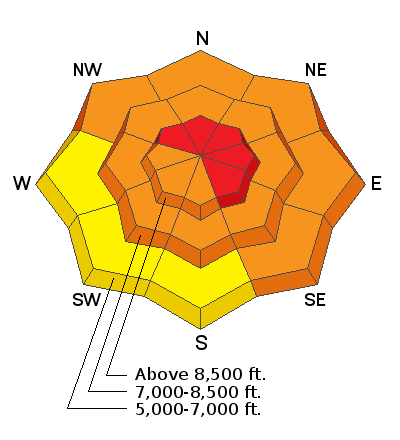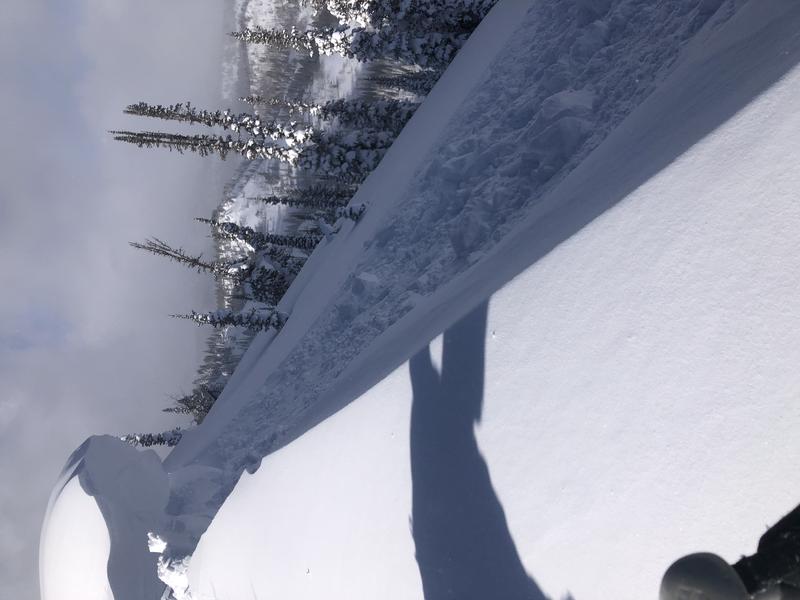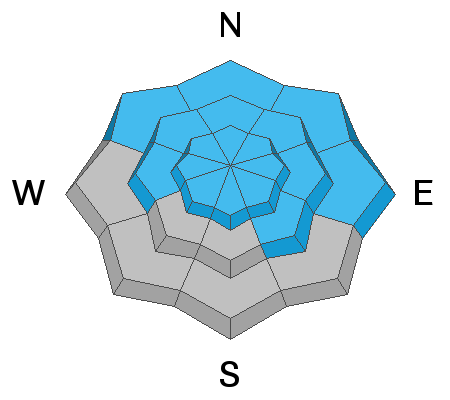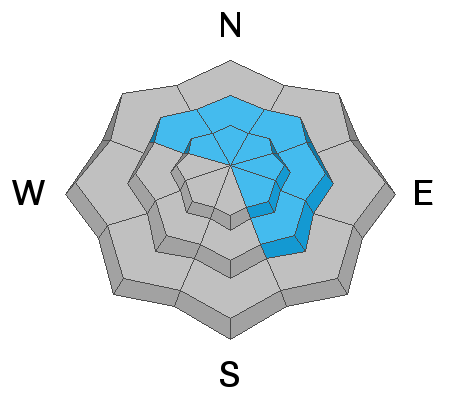Forecast for the Logan Area Mountains

Issued by Toby Weed on
Sunday morning, February 28, 2021
Sunday morning, February 28, 2021
There is CONSIDERABLE avalanche danger on many steep slopes. Conditions in the backcountry are dangerous due to deep accumulations of new snow and drifting from westerly winds. Avalanches are likely across the Logan Zone, but the danger is higher to the north, and areas with HIGH danger exist on drifted upper elevation slopes facing northwest through southeast. People will likely trigger large avalanches failing 3 to 4 feet deep on a widespread buried persistent weak layer if they venture into steep terrain, and natural avalanches are possible. Large and dangerous avalanches might be triggered remotely, from a distance, or below.
- Expect unstable snow conditions, even if obvious signs of instability are absent.
-
Choose safe routes in low angled terrain well out from under and not connected to drifted slopes steeper than about 30 degrees.

Low
Moderate
Considerable
High
Extreme
Learn how to read the forecast here










